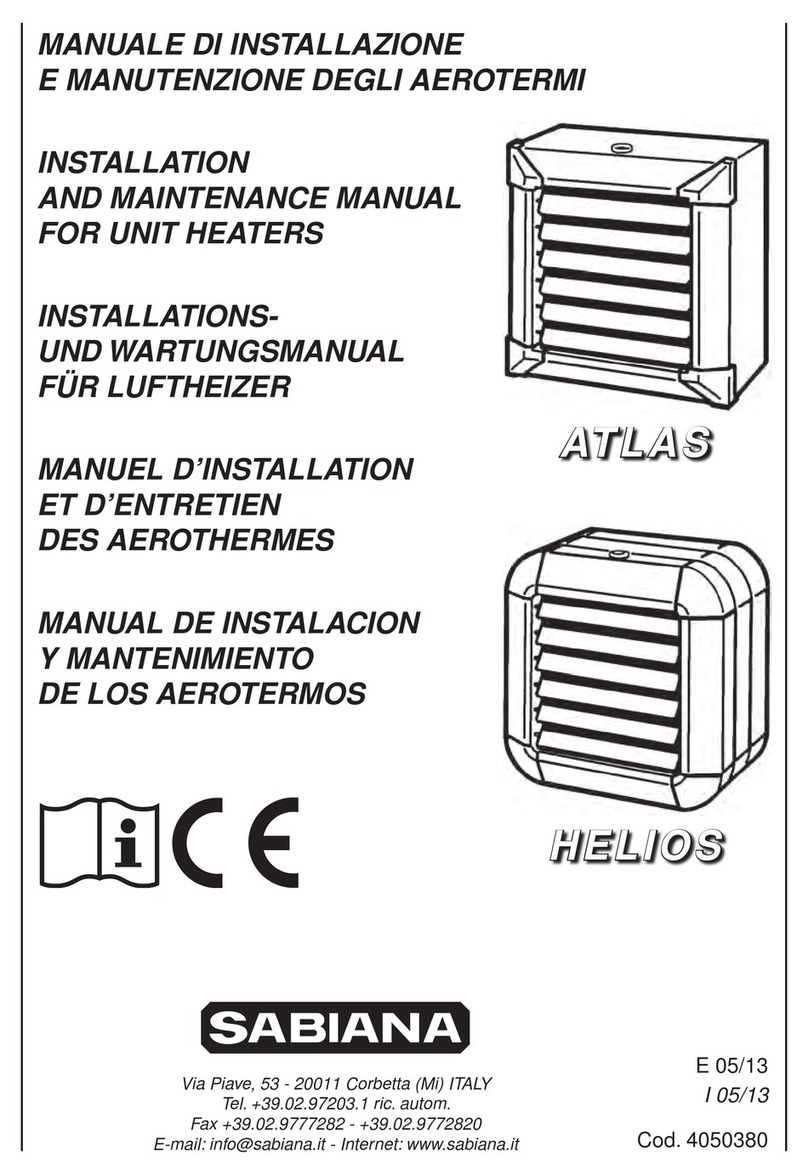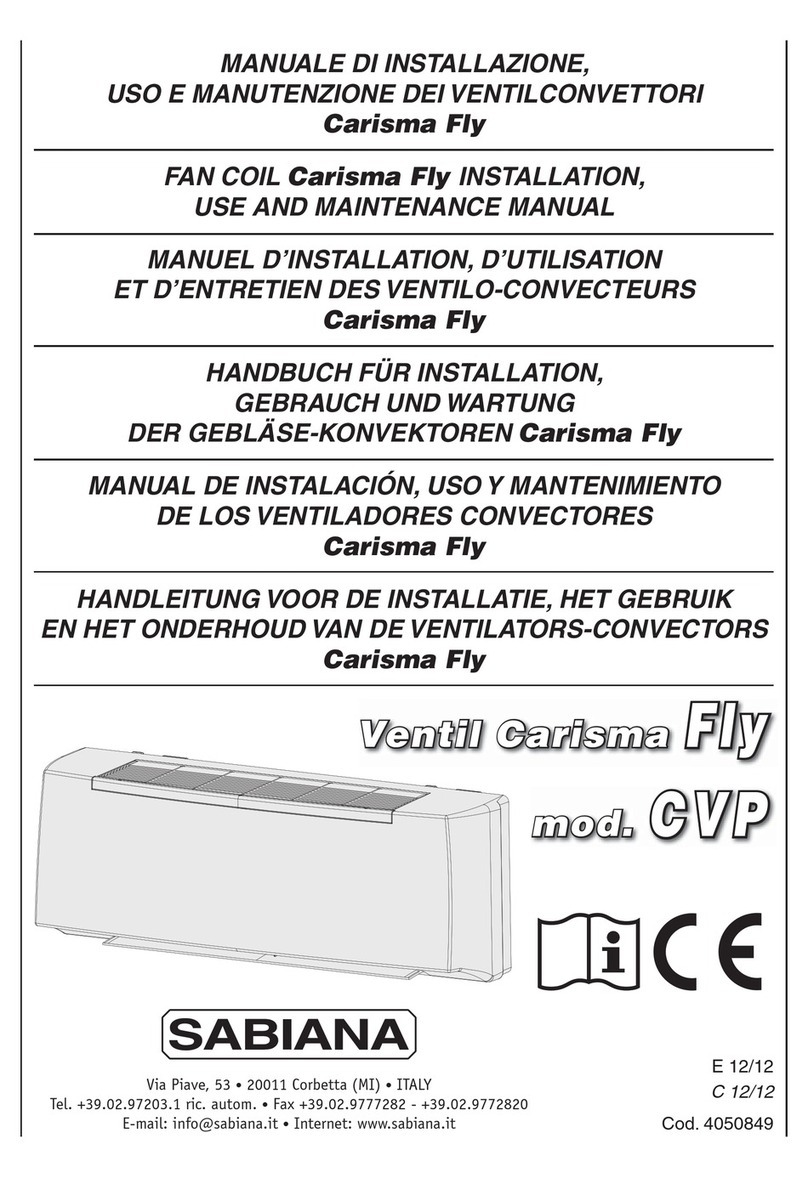
10
EN
SIMBOLOGY
Warning! Particularly important and/or delicate
operations.
Operations which may be carried out by the
user
Interventions to be carried out exclusively by
an installer or authorized technician.
For the fundamental safety rules, general instal-
lation warnings and maintenance plan, see the code
4051222 manual (that accompanies the unit).
USING AND STORING THE MANUAL
This instruction manual is intended for the machine’s
user, the owner and installation technician and must
always be available to be consulted, if necessary.
The manual is addressed to the maintenance and in-
stallation operators of the machine.
The instruction manual aims to describe how to use
the machine the way the machine is designed to be
used, the machine’s technical features and to provide
information on how to use the machine correctly,
and how to the clean, control and operate the ma-
chine; in addition, the manual provides important
information about maintenance, any residual risks
and however how to carry out operations to be per-
formed with special care.
This manual is to be considered a part of the machine
and must be preserved for future reference until
the machine is nally dismantled.
The instruction manual must always be available for
consultation and preserved in a dry and protected
area.
The user can request a new manual from the manu-
facturer or from the local retailer if the manual is lost
or damaged. The request must include details of the
machine model and the serial number indicated on
the identifying data plate.
This manual reects the technical features at the
date of preparation; the manufacturer reserves the
right to upgrade the production and the subsequent
manuals without being under an obligation to also
update previous versions.
The manufacturer will not be held liable in case of:
– improper or incorrect use of the unit;
– use that does not comply with the information
expressly specied in this publication;
– serious shortcomings in the foreseen and rec-
ommended maintenance operations;
– changes made to the machine or any unauthor-
ised operation;
– using non-genuine spare parts or parts not spe-
cic to the model;
– total or partial failure to comply with the instruc-
tions;
– exceptional events.
PURPOSE
Before installing the appliance please study
this manual carefully.
The electric Atlas STP door curtain air heaters have
been invented, designed and constructed for the re-
alization of thermodynamical barriers at the doors of
industrial and commercial buildings.
These units are installed over the doors and equipped
with a special diuser. A dense vertical air ow pass-
es through this diuser and generates a screen of
warm air, which prevents the penetration of cold air
from outside.

































